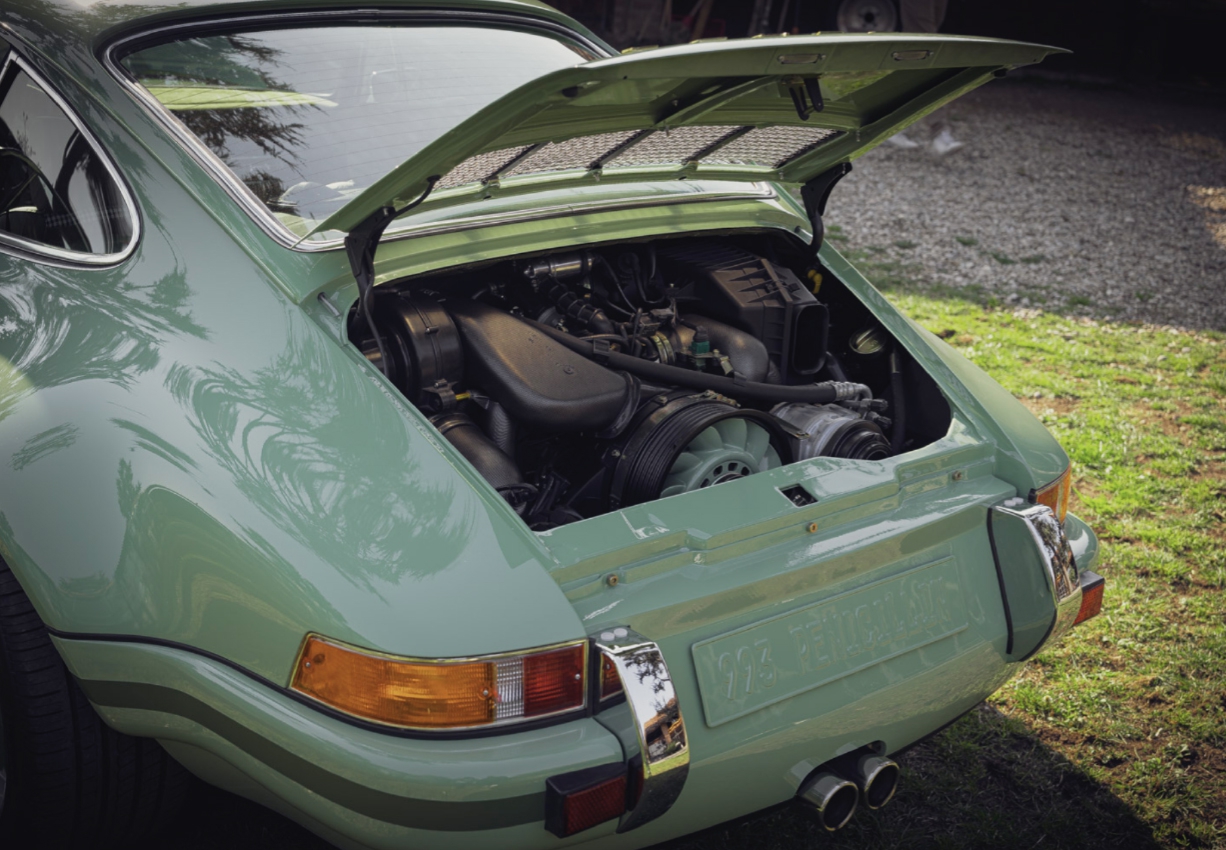The rear engine layout of the Porsche 911 is a distinctive feature that sets it apart from most other sports cars. In fact, it's one of the key factors contributing to the iconic status of the 911 and its exceptional driving dynamics.
So why did Porsche choose to place the engine in the rear? One reason is rooted in history. When the 911 was first conceived in the '60s, it inherited the rear-engine layout from its predecessor, the Porsche 356. Porsche wanted to maintain the familiar driving characteristics of the 356 while simultaneously improving its performance. Therefore, the rear-engine configuration was carried over to the 911.
But there's more than just tradition at play. Placing the engine in the rear of the car has significant advantages. Firstly, it contributes to excellent traction. With the weight of the engine on the rear wheels, the 911 achieves superior grip, especially during acceleration. This helps maximize the car's ability to transfer power to the ground, resulting in impressive acceleration and stability.
Furthermore, having the engine in the rear affects the weight distribution of the car. The weight of the engine on the rear contributes to a balanced distribution between the front and rear wheels, enhancing handling and stability in corners. This layout also allows engineers to optimize the car's balance for precise and responsive driving.
In summary, the choice to position the engine in the rear of the Porsche 911 is driven by a combination of historical tradition and practical advantages, contributing to defining the distinctive personality and exceptional performance of this iconic sports car.



The rearward bias creates a unique balance, with more weight on the rear wheels. This heavy rear weight distribution helps improve the agility and responsiveness of the 911 in corners. The additional traction provided by the rear engine also helps keep the car firmly planted on the road, allowing drivers to push the limits with confidence.
Furthermore, the rear engine layout contributes to the compact dimensions and aerodynamic efficiency of the 911. By placing the engine behind the rear axle, Porsche has achieved a sleek and aerodynamic design. This helps reduce drag, improve stability at high speeds, and enhance overall performance.
Of course, there are some compromises to consider. The rear-engine configuration can make the 911 a bit more challenging to handle at the limit, especially for inexperienced drivers. The car's weight distribution requires drivers to adapt their driving style, particularly concerning throttle control and weight transfer management in corners.
However, over the years, Porsche has continuously refined and fine-tuned the suspension, chassis, and aerodynamics of the 911 to optimize its performance and address any inherent challenges associated with the rear-engine layout. The result is a car that has become an icon in the automotive world, loved by enthusiasts for its unique character and exhilarating driving experience.
So, while the decision to position the engine in the rear of the Porsche 911 may have historical roots, it's also a carefully calculated engineering choice. The rear-engine layout not only pays homage to the brand's tradition but also offers exceptional traction, balance, and aerodynamic prowess that have made the 911 a legendary sports car.
The next time you see a 911 gracefully navigate through curves, you'll understand why it holds such a special place in the hearts of car enthusiasts worldwide. The rear engine is not just an eccentricity; it's an integral part of what makes the Porsche 911 an automotive masterpiece.